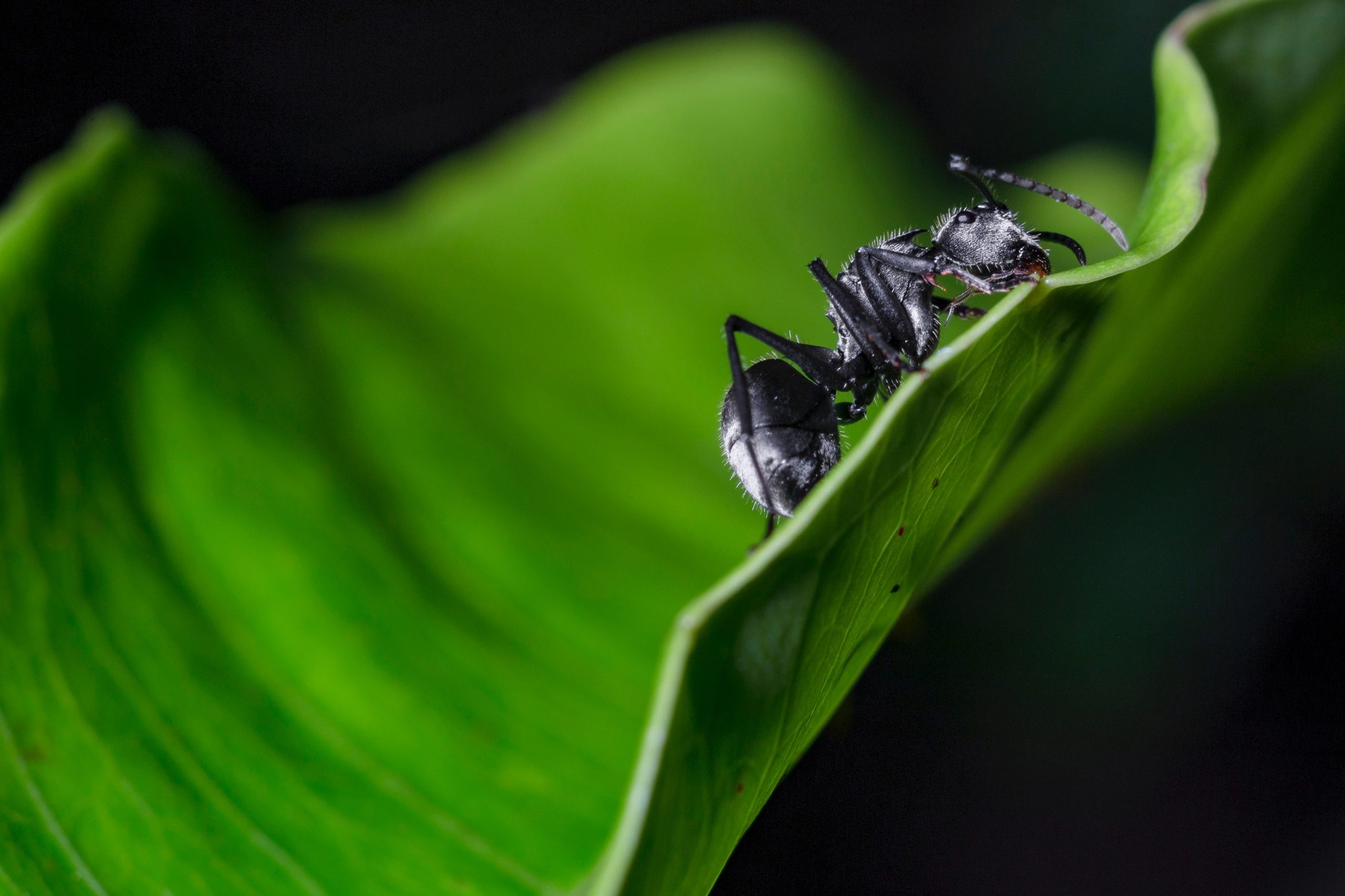- 26 April 2023
- 65
From Art to Science: The Fascinating World of Ant Architecture

Ants are small creatures that can carry objects many times their own weight, march in long lines to food sources, and build intricate structures. Their architectural abilities have been studied for centuries by scientists and researchers alike. But did you know that ant architecture is not just an art but a science as well? In this blog post, we will explore the fascinating world of ant architecture – from how they build their elaborate homes to the different types of structures they create. Join us on this journey through miniature cities built by tiny creatures!
What is Ant Architecture?
Ant architecture refers to the intricate and complex structures built by ants that serve as their homes, nurseries, and food storage areas. These structures can range from simple mounds of dirt to elaborate networks of tunnels and chambers.
The design and construction of ant architecture is highly organized and efficient. Each ant has a specific role in building these structures, with some workers responsible for excavating soil while others transport materials or care for the brood.
One fascinating aspect of ant architecture is its ability to adapt to different environments. Ants can build their nests underground, in trees or even inside other plants. They create air pockets within their nests to regulate temperature and humidity levels suitable for survival.
Ants use pheromones to communicate with each other during construction, allowing them to work together seamlessly towards a common goal. The end result is an impressive masterpiece that serves as a testament to the ingenuity of these tiny creatures.
In summary, ant architecture is not just about constructing homes; it’s also about creating structured living spaces that cater perfectly for all aspects necessary for their colony’s existence – from breeding areas right down to waste disposal systems!
How do Ants Build Their Structures?
Ants have been building their intricate structures for millions of years, and they have perfected the art of construction to a science. The process starts with the selection of a suitable site by the colony’s scouts. Once chosen, worker ants begin excavating soil or other materials using their mandibles and legs.
The excavation process is followed by transporting the material to form piles around the structure’s perimeter. Ants then use their saliva as an adhesive to bind these particles together into a cohesive structure. This process also helps strengthen the overall integrity of its foundation.
Ants don’t just rely on brute force but rather work in unison with each other following precise architectural plans that vary depending on species and habitat requirements. These tiny architects can build tunnels, chambers, nests, and even bridges by working together tirelessly.
Interestingly some ant colonies can construct multi-chambered structures with different temperatures required for specific activities such as brood rearing or food storage compartments.
Ants’ ability to build complex structures showcases nature’s incredible adaptability and resilience while demonstrating how our own approaches towards architecture are not necessarily restricted within human-defined boundaries but instead inspired by nature itself.
What are the Different Types of Ant Architecture?
Ants are truly amazing creatures with an incredible variety of architectural designs. Different species of ants have their own unique styles and methods to construct their homes, which range from simple burrows in the ground to towering structures that reach several feet tall.
One type of ant architecture is the classic anthill or mound, built by leafcutter ants. These mounds can reach up to 8 feet tall and consist of a series of interconnected chambers designed for specific purposes such as brood rearing and food storage.
Another interesting design is found in weaver ants who create nests by stitching together leaves using silk produced by their larvae. The result is a complex network of interconnected chambers that provide protection from predators while also allowing for efficient ventilation.
Army ants, on the other hand, do not build permanent structures but instead rely on nomadic lifestyles where they constantly move around searching for food sources. To protect themselves during these migrations, army ants form living rafts using their own bodies as building blocks.
Carpenter ants create tunnels within wood structures such as trees or buildings. These tunnels serve as both shelter and incubation sites for young ant colonies.
The diversity in ant architectures across different species highlights just how fascinating these insects are when it comes to construction techniques!
Conclusion
The world of ant architecture is a fascinating one that combines art and science. Ants may be tiny creatures, but their intelligence and engineering skills are impressive. From simple mounds to complex cities with multiple chambers and tunnels, ants have created unique structures that can withstand harsh weather conditions, predators, and natural disasters.
Ant architecture also teaches us valuable lessons about teamwork, communication, problem-solving, and adaptation. By observing ant colonies’ behavior and structure formation processes in natural habitats or laboratory experiments, scientists hope to develop new materials or technologies for various applications such as robotics or construction.
As we continue to explore the wonders of nature’s design on our planet Earth, let us not forget the humble ants who have been creating some of the most incredible architectural masterpieces for millions of years.

